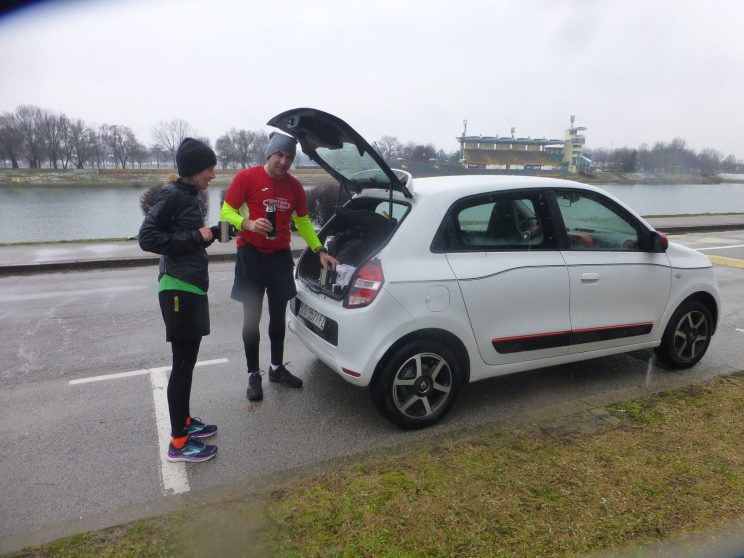
The houses are transparent mucus structures that encase the creatures inside. Giant larvaceans beat their tails to pump seawater through these structures, which filter tiny bits of dead or drifting organic matter for the animals to eat. When their filters get clogged, the larvaceans abandon ship and construct a new house.
Carbon in the ocean
“If we really want to understand how the system works, we have to look at all the players involved. Giant larvaceans are one important group we need to learn more about.” In the past, other scientists have tried studying giant larvaceans in the laboratory. But these efforts always failed because the animals’ houses were too fragile to be harvested and collected specimens were never able to build houses outside the ocean.
Zooplankton
To study the zooplankton in their natural habitat, Dr. Katija and her collaborators developed a new deep-sea imaging instrument, called DeepPIV, which they paired with a remotely operated vehicle. DeepPIV projects a sheet of laser light that cuts straight through a larvacean’s mucus house.
A high-definition camera on the remotely operated vehicle can then capture the inner pumping mechanisms illuminated by the laser.

